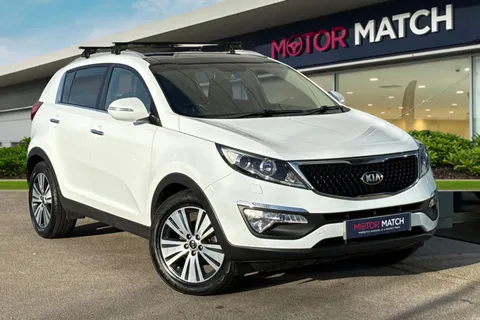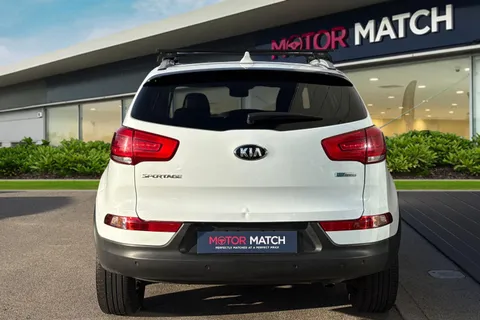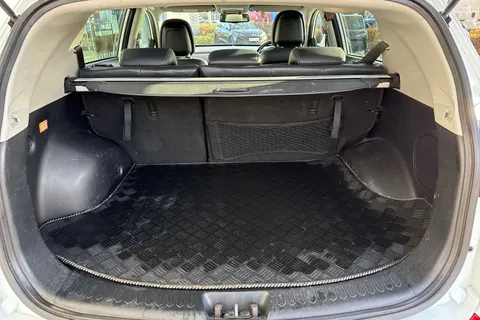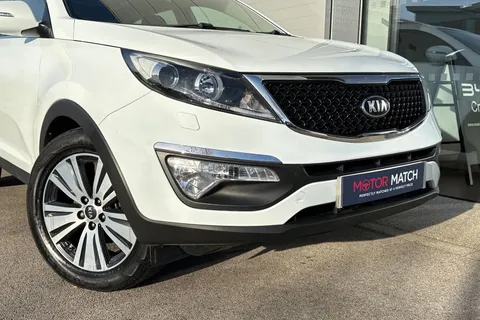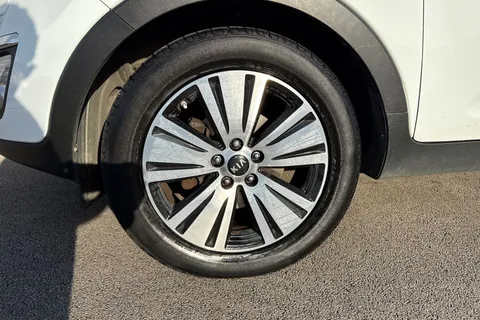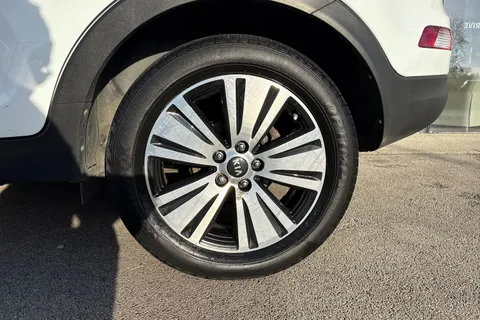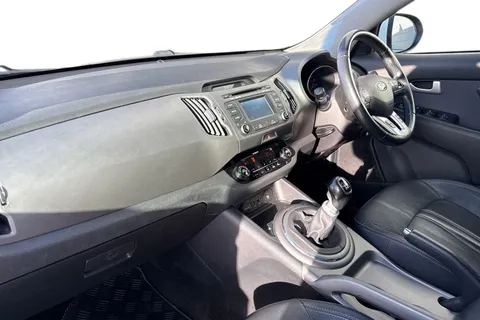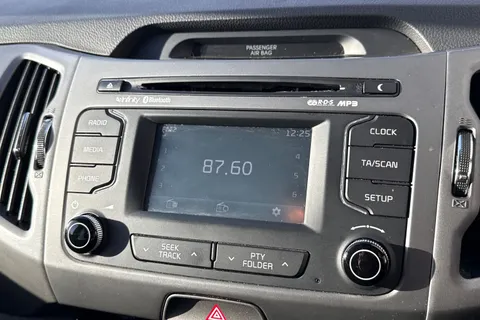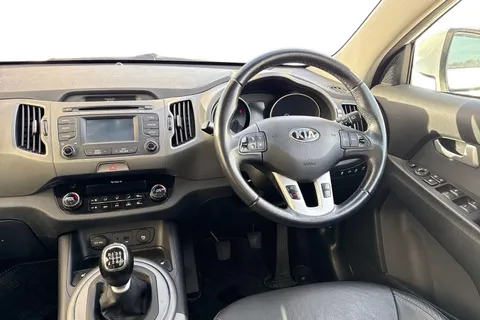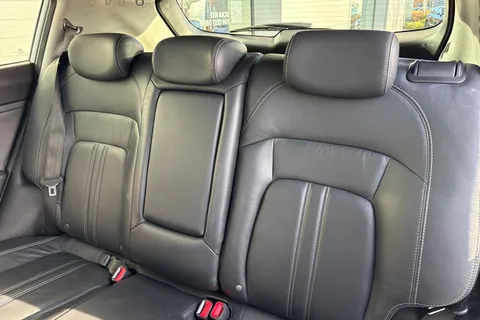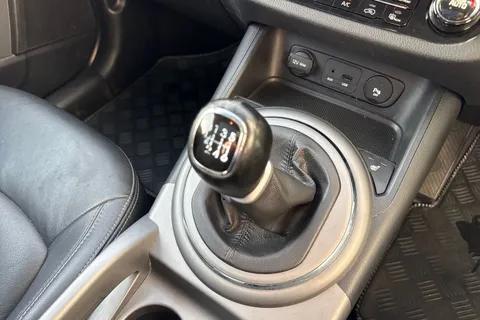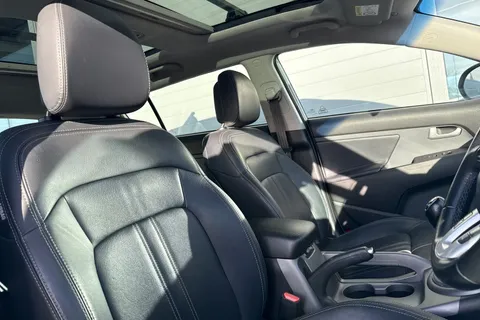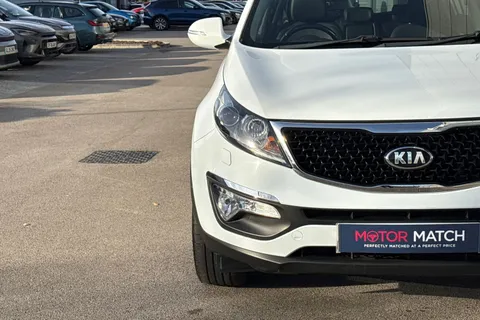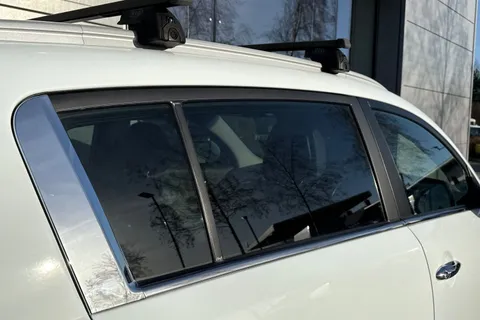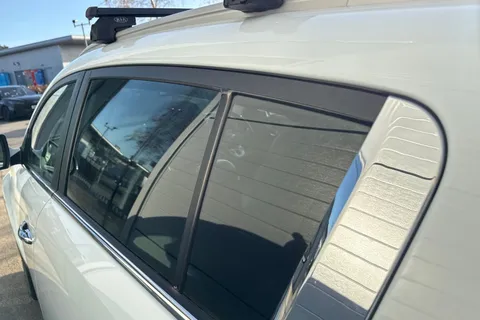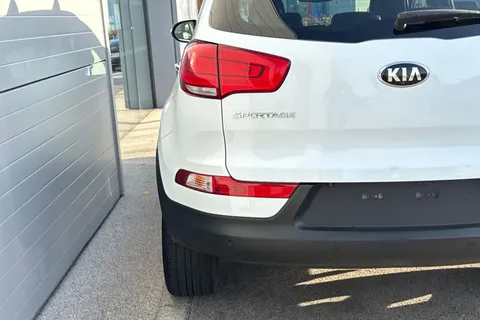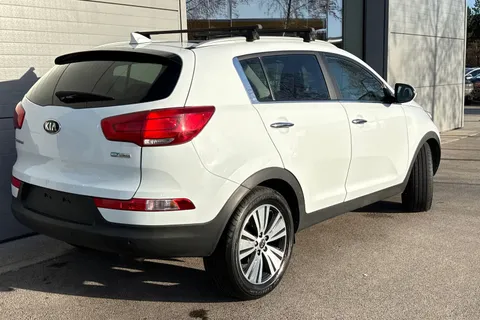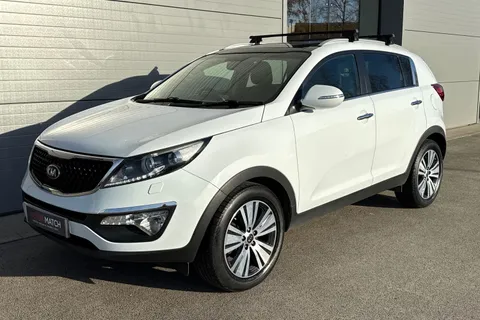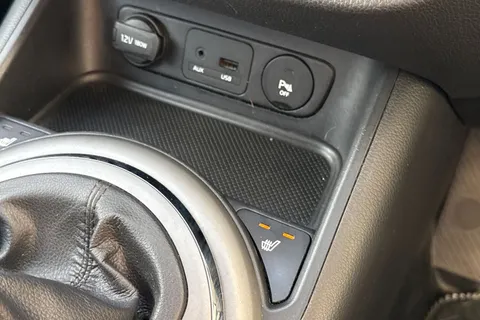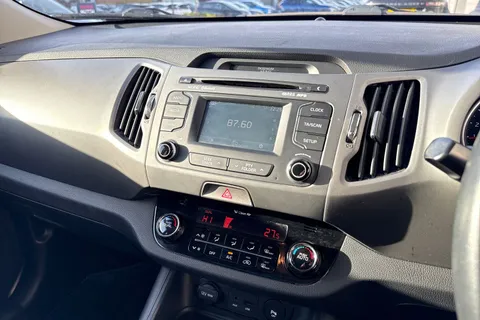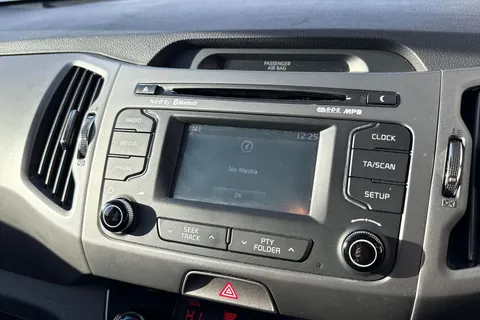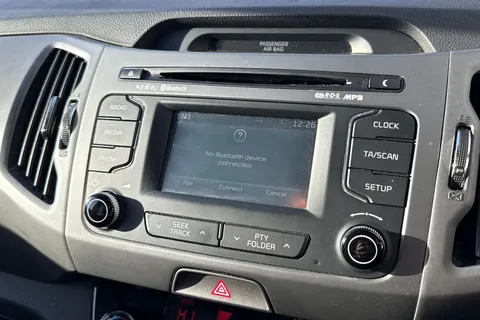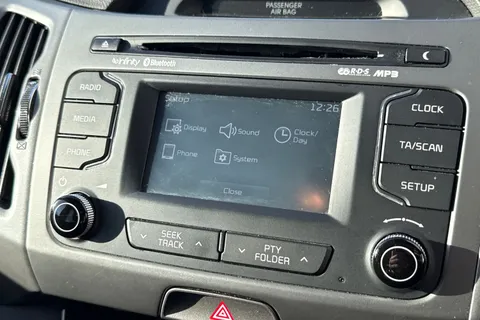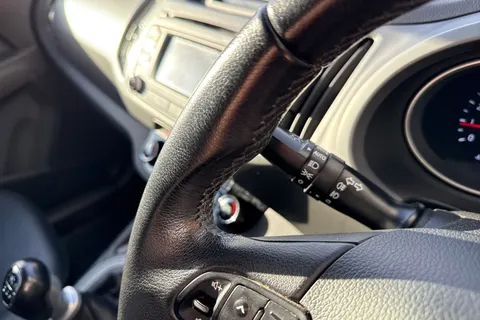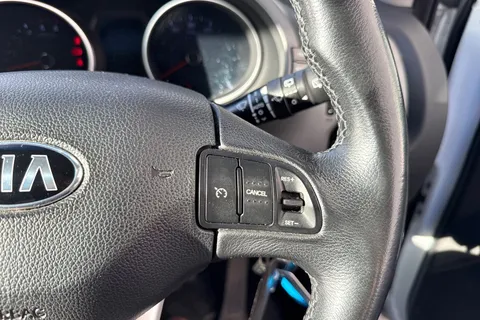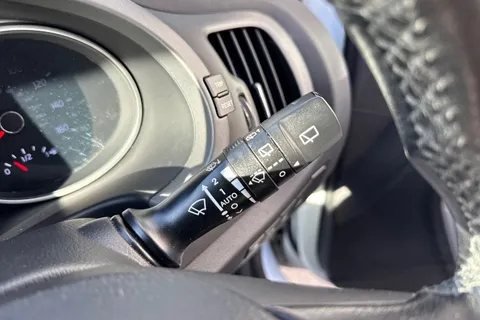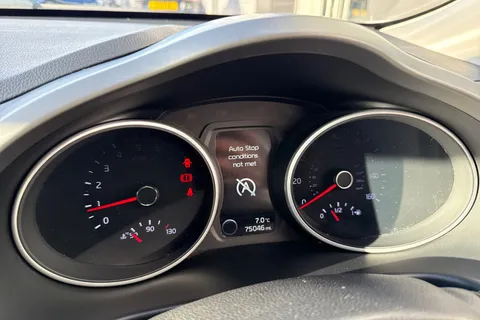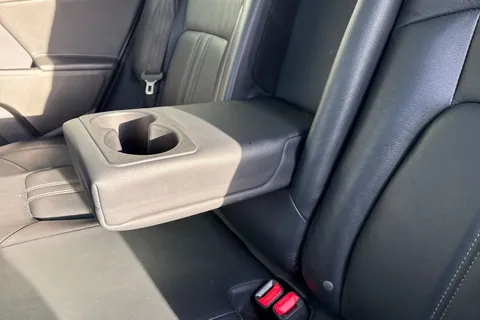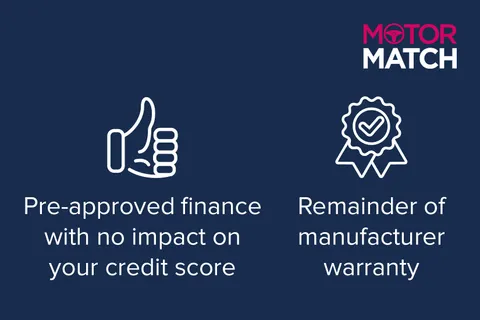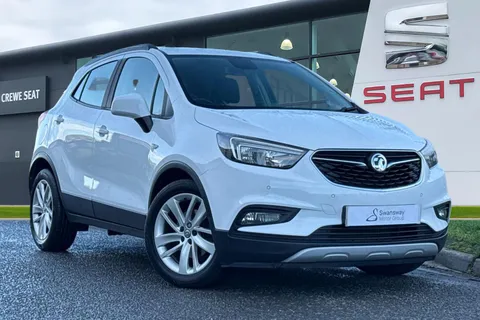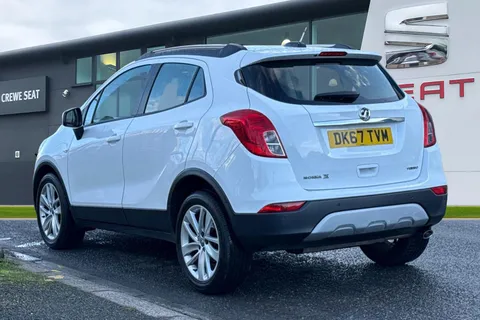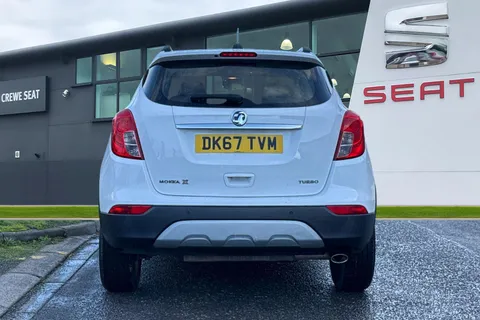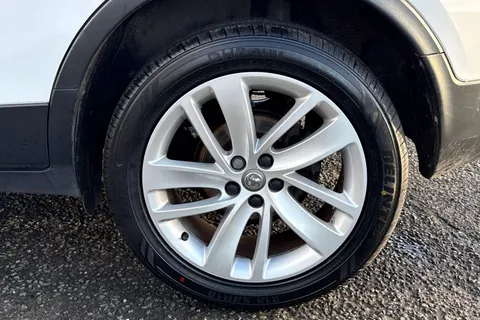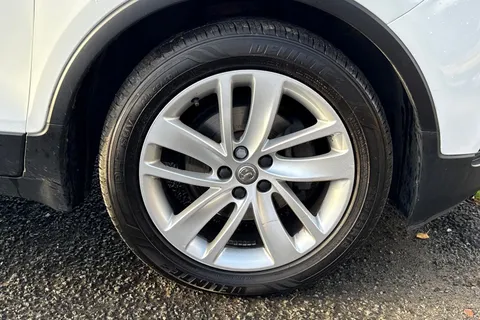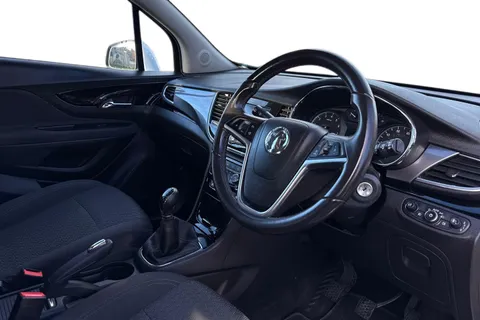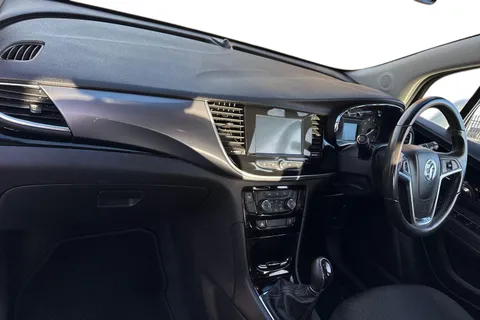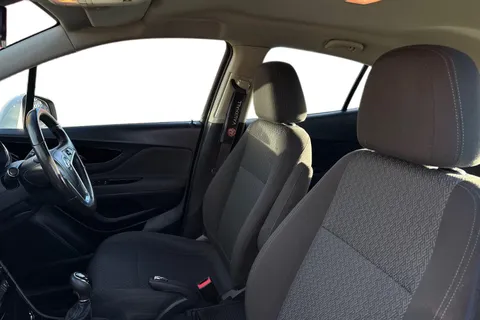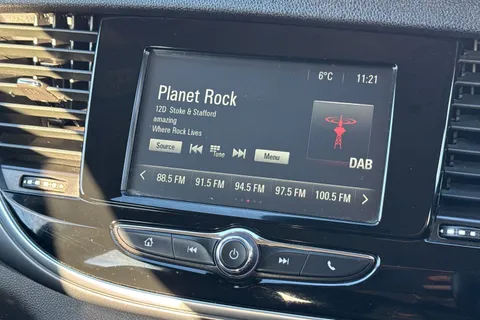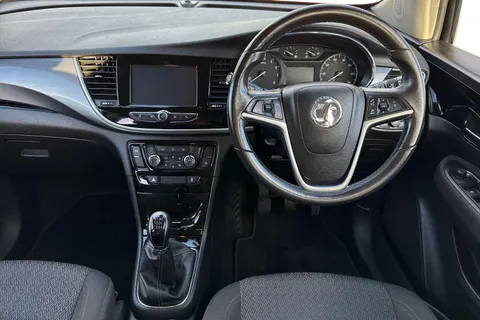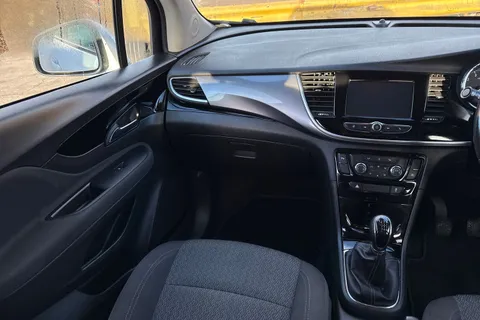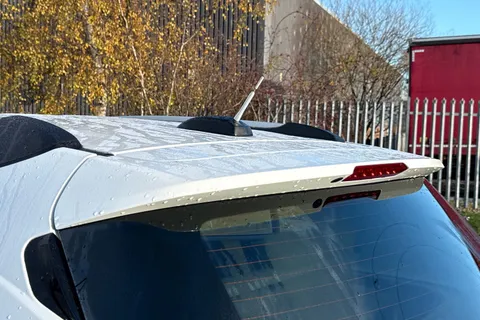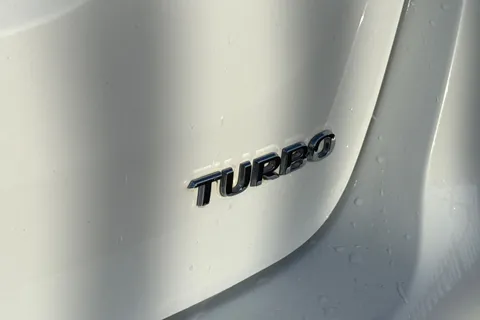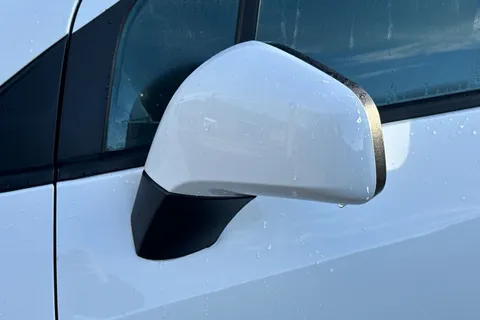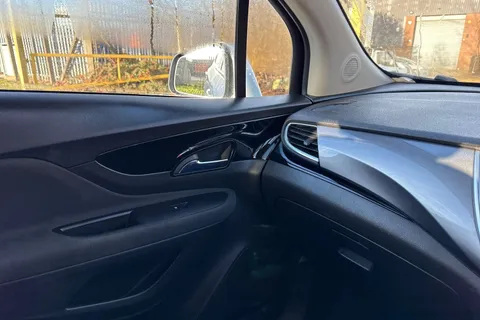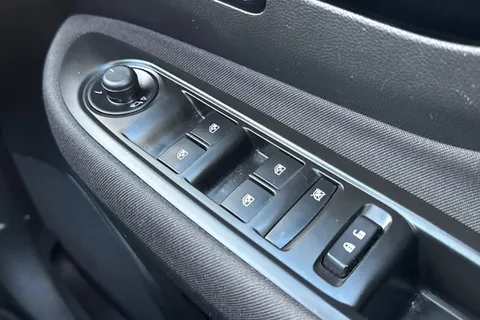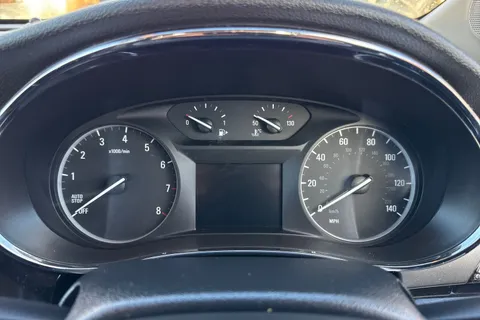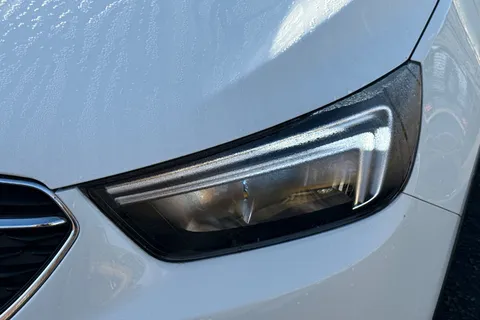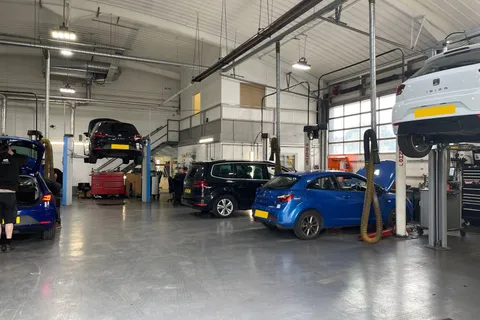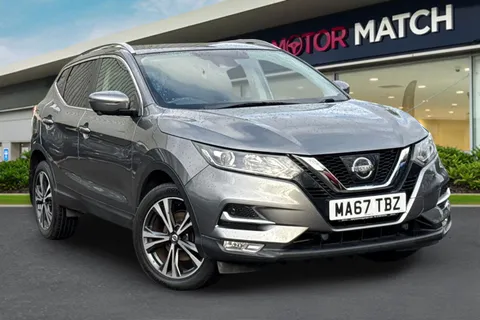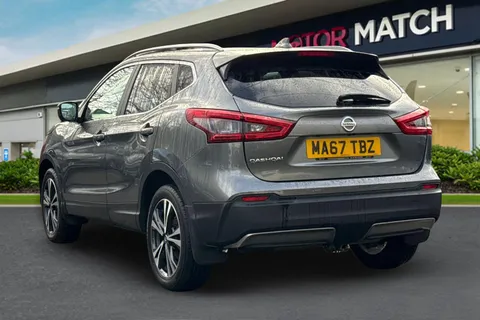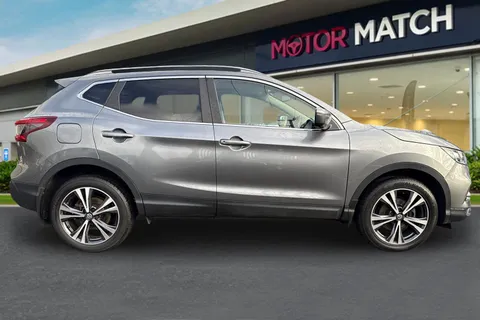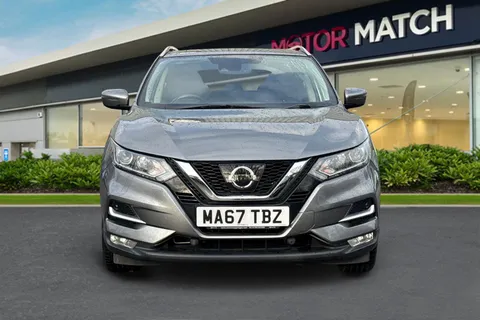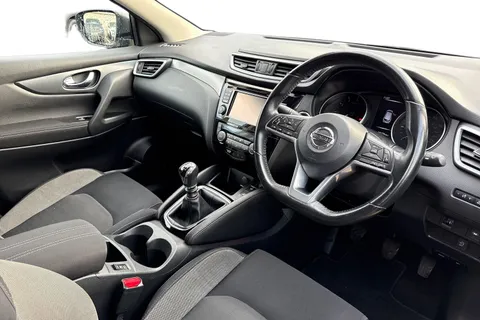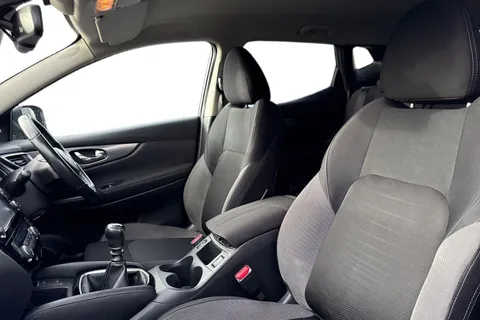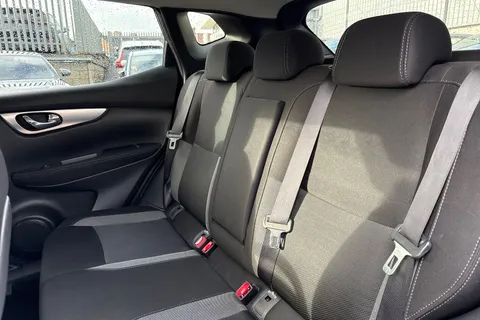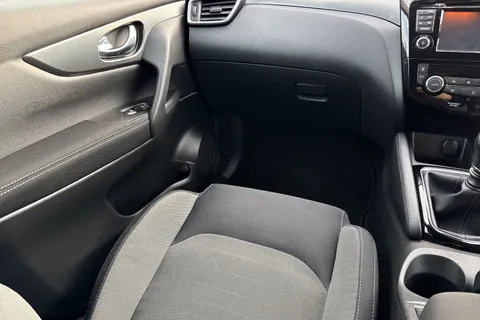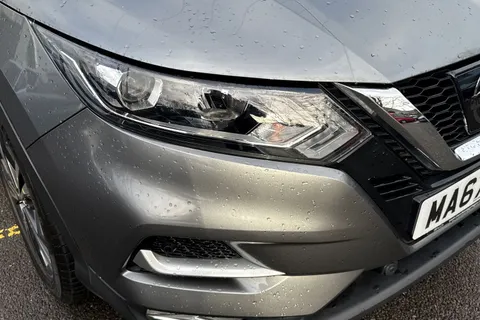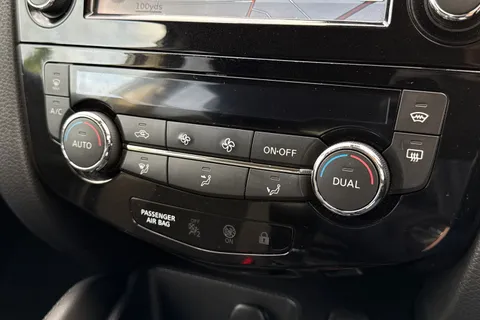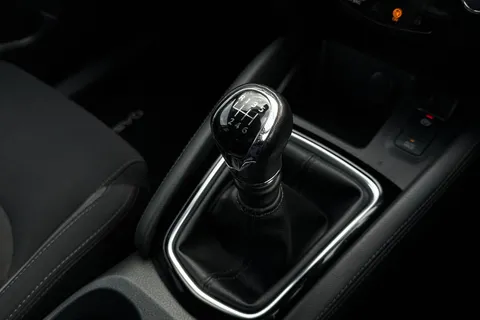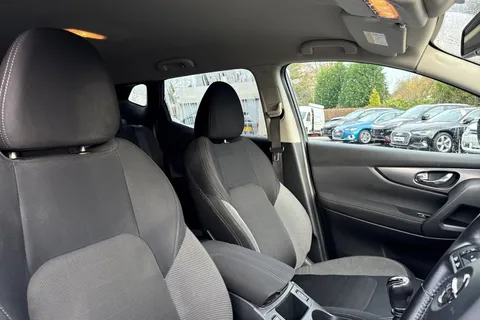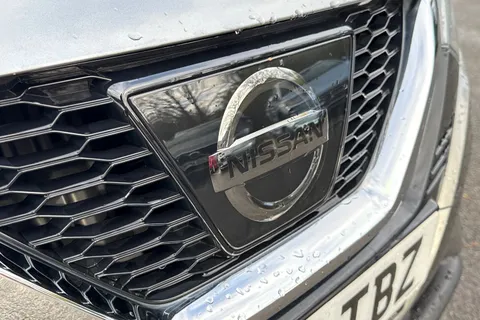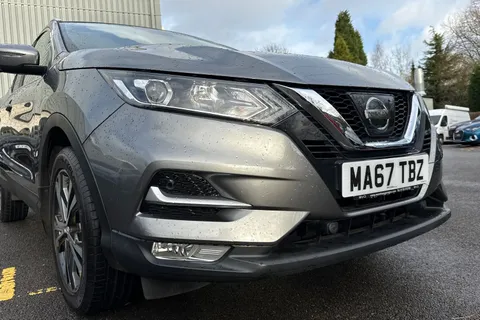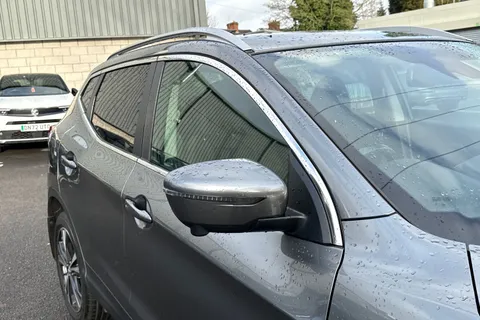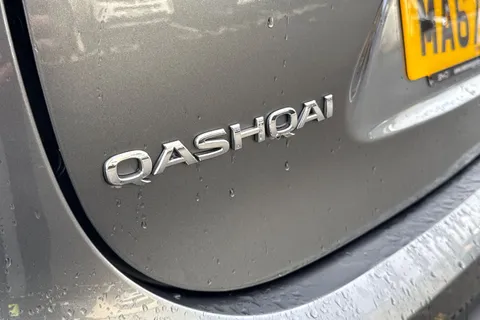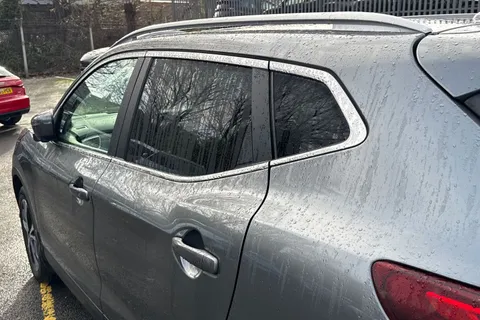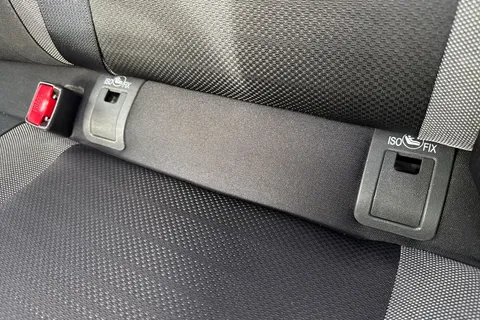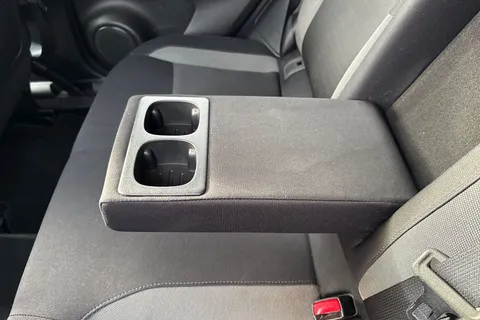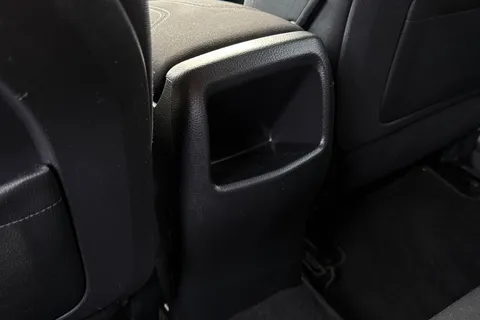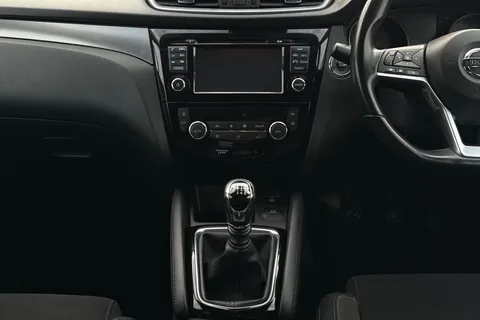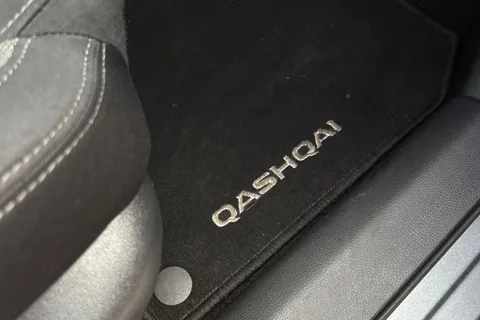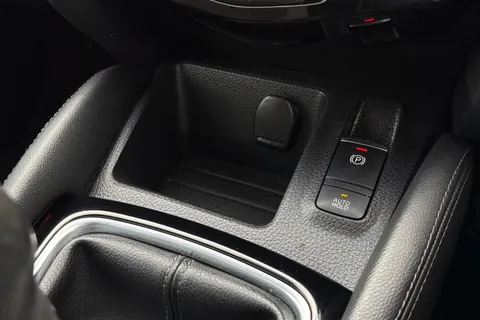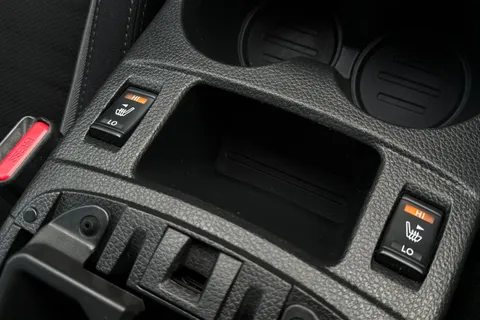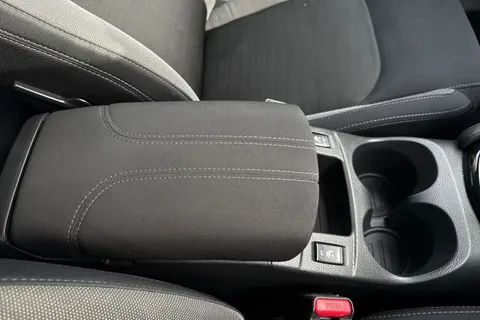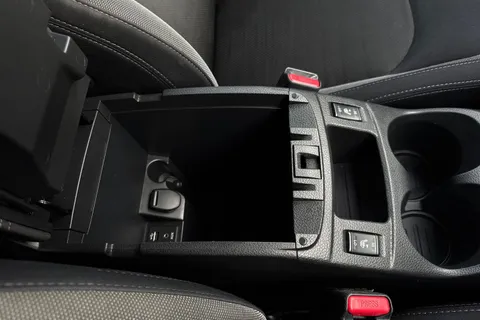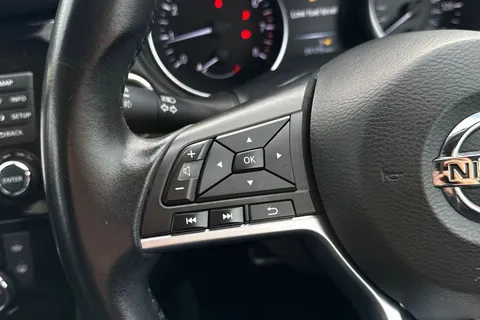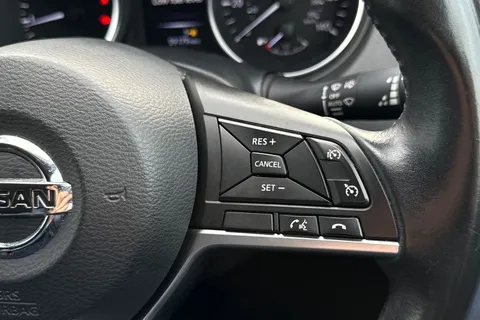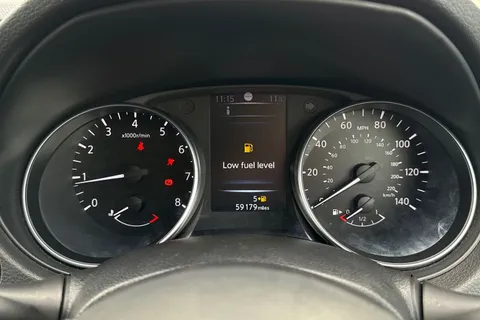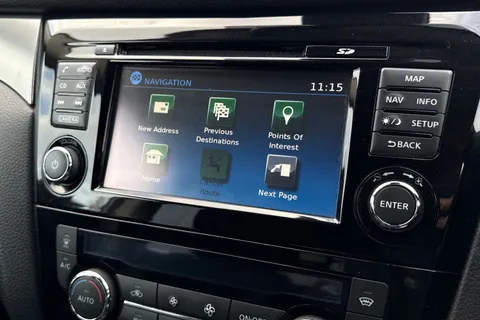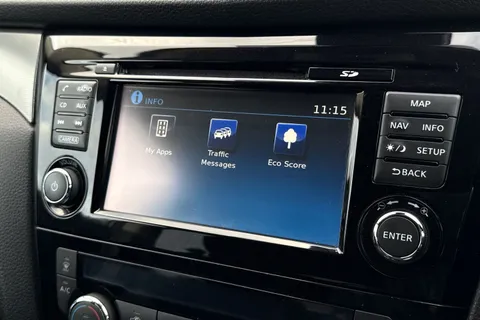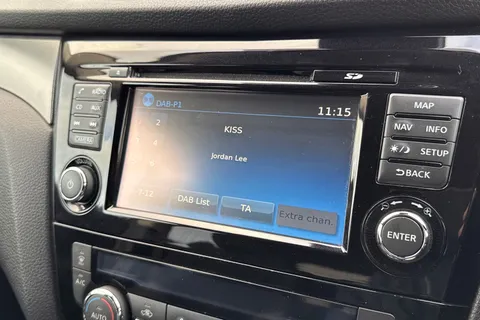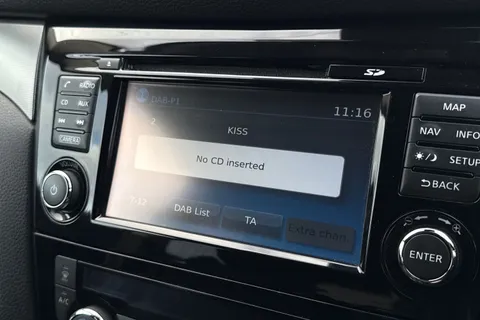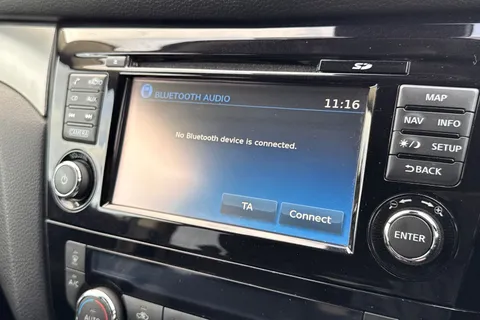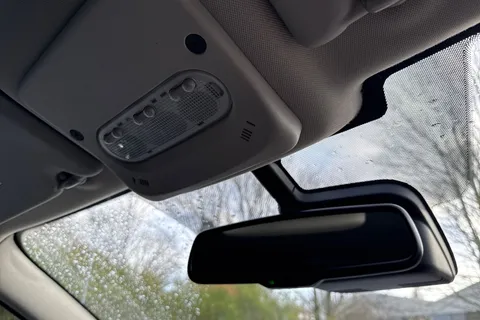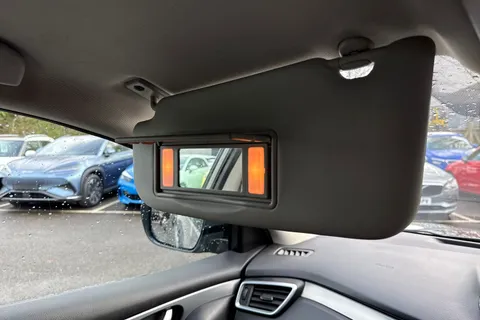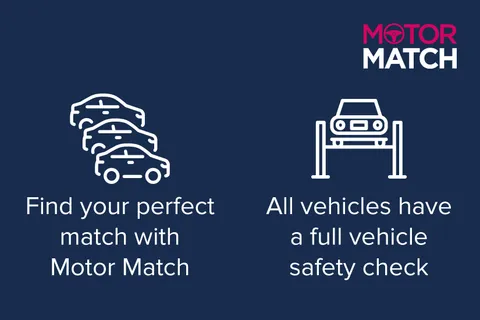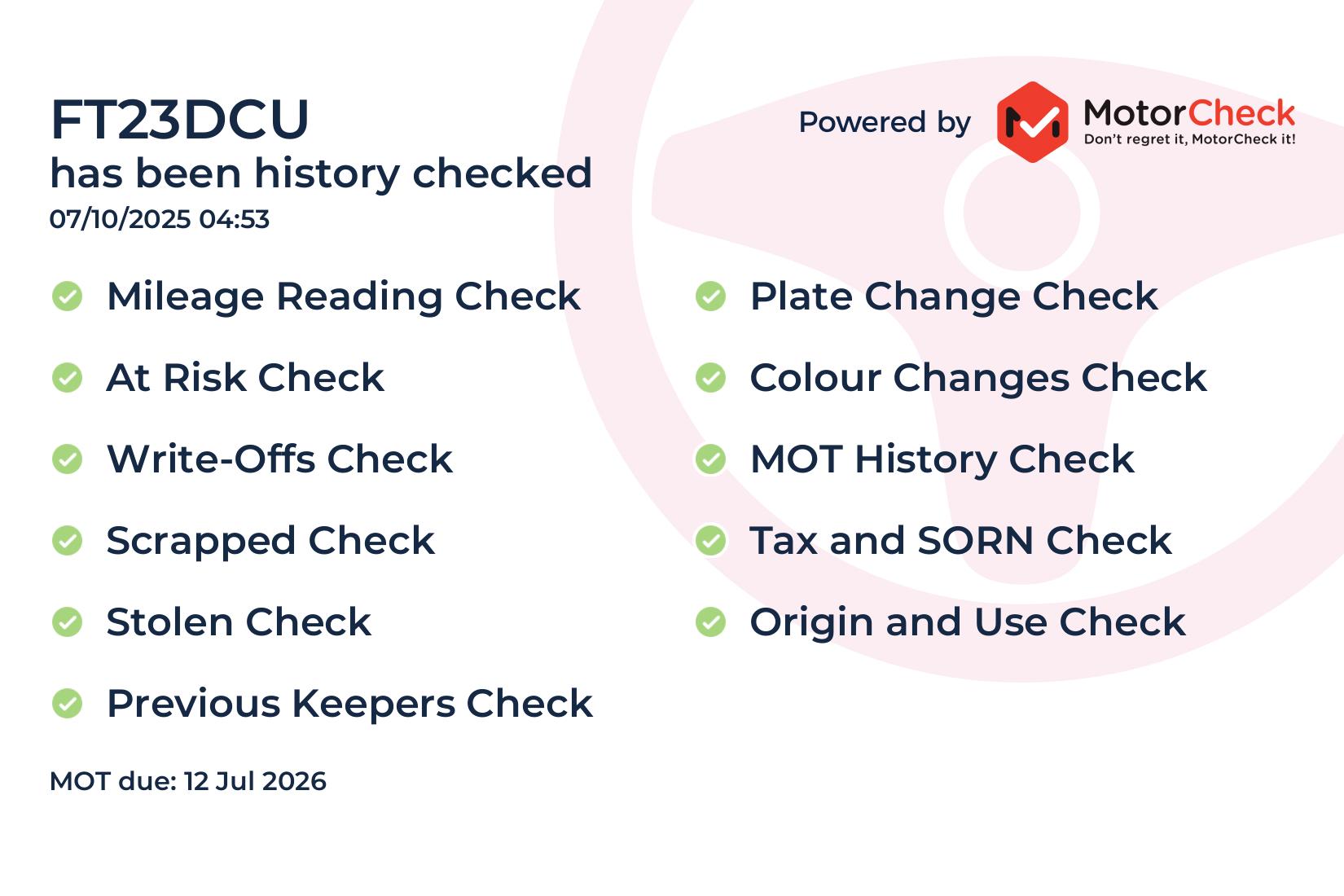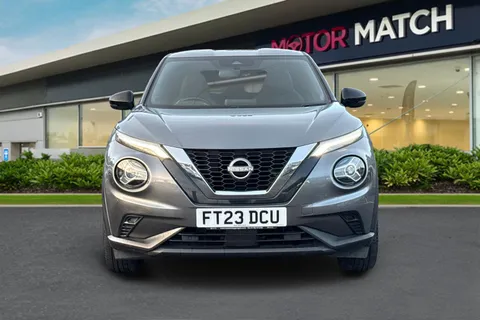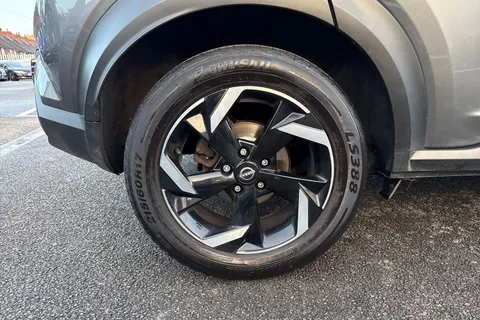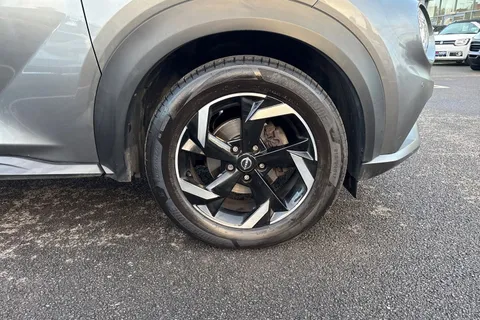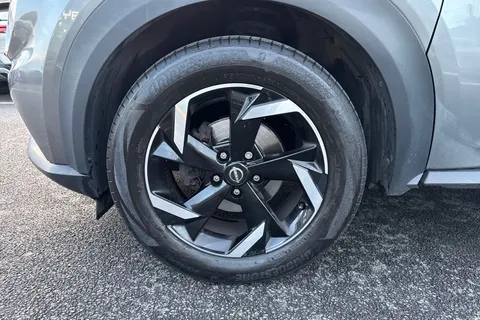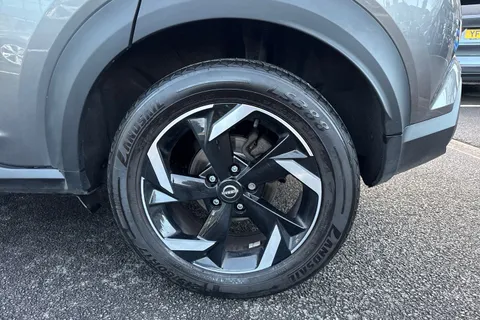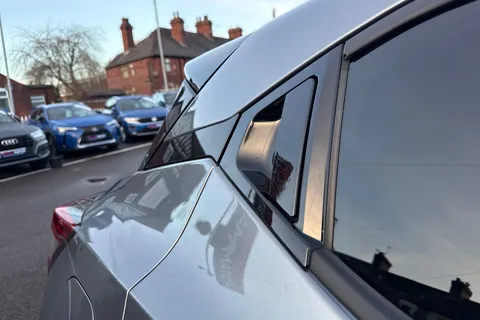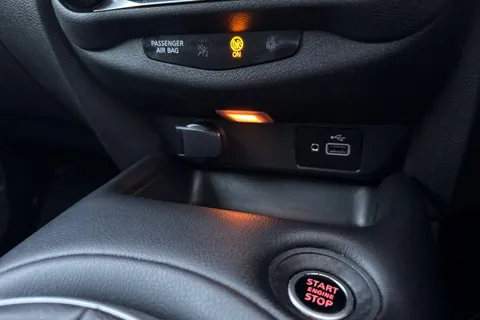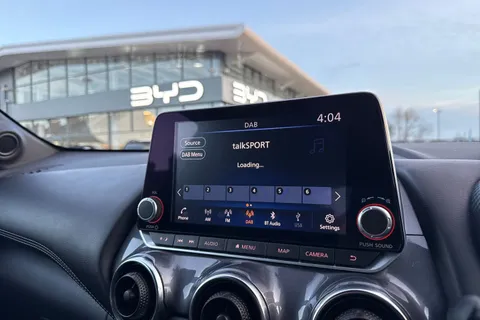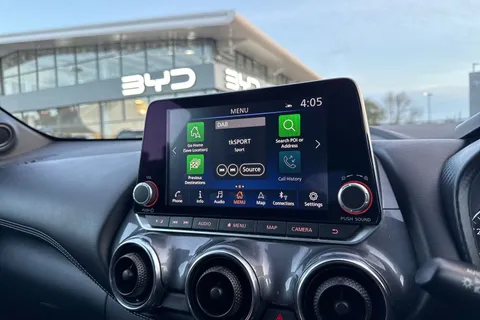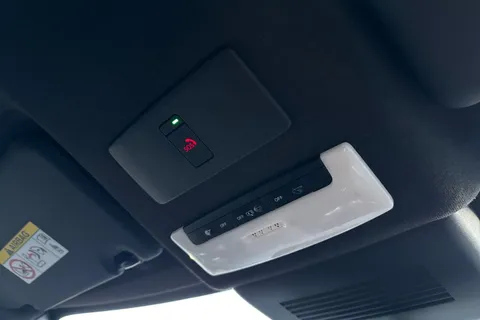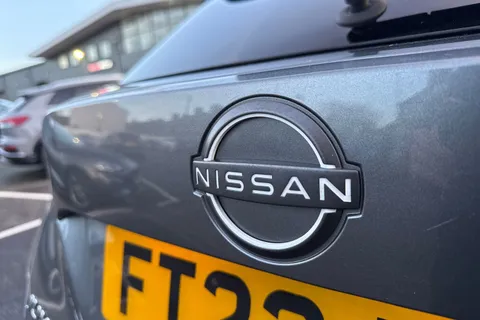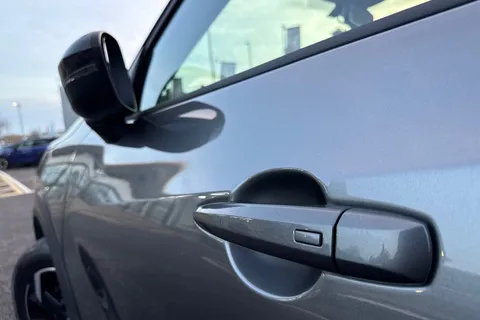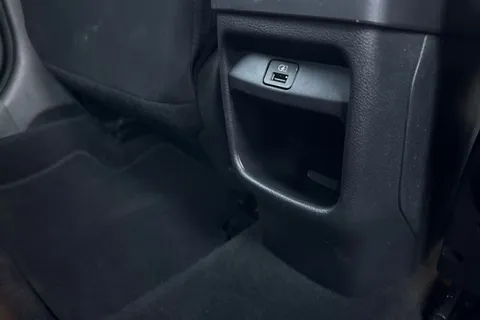Why do we need to be careful when driving at night?
With the clocks going back and the temperatures dropping, it's a clear sign that winter is here. As we make preparations to adjust our schedules to match the new time, there is one group of people that is most affected - drivers. For many of us, commuting during the dark season can be challenging, especially when we’ve not been used to travelling in the dark for some time. This blog post provides insights into why it is so important to pay extra attention on the roads during winter and strategies for staying safe during your commute.
When we lose those extra daylight hours, most of our commutes are in the dark and this is the time when road users are particularly vulnerable, especially on unlit, rural roads. According to a Department for Transport study, just 15% of vehicle miles are driven between 7pm and 7am, but during that time around a third of all road injuries and deaths take place.

Tiredness and Fatigue
When the clocks go back, the darker mornings can trick your body into thinking it is earlier than it is which can end up resulting in even more fatigue. That extra hour in bed is only good for one night!
If you drive when your body clock says you should be asleep, the most obvious hazard is reduced concentration - drivers should take additional steps to stay alert on the road and they also need to be more vigilant for pedestrians and other road users.
Another significant challenge that drivers face is the increased amount of tiredness during their commute. The less sunlight around the winter months affects the body's natural clock, which can lead to more fatigue. Indeed, many studies show that numerous accidents caused by drivers occur due to weariness or sleep deprivation - therefore, it is essential to stay alert and focused on the road. If at any point on your journey you feel tired, it is recommended you pull over to a safe place to take a break.

Headlights and Glare
Bright headlights can attract your eyes like a moth to a lightbulb. This can leave you dazzled afterwards and in those vital seconds whilst your eyes re-adjust, you could easily hit an obstacle such as a cyclist, miss a junction or misjudge a bend and run wide. One study showed that a 65 year old might need up to nine seconds to recover full vision after being temporarily blinded by glare.
This is a growing problem with the increasing number of SUVs on the roads as their headlamps are set higher and more likely to shine directly into your eyes. LED lights are also very bright and can dazzle very easily. One very effective tip is to look as far ahead as possible for anything like a cyclist or a road sign while you still can and then focus on the left hand kerb, just for a couple of seconds or so, while the oncoming car passes. By looking at the kerb you will still be able to follow the direction of the road just without having to stare at oncoming headlights.
It’s also important to ensure you use main beam whenever you are driving where there are no street lights and it is safe to do so. Main beam will increase your visibility drastically so it is a tool that should be used frequently. Just be sure to turn off your main beam when there is oncoming traffic so that you don’t dazzle anyone else. Glare comes from in front and behind you - it’s good to know that your mirror can be dipped with that little switch on the back of it if a vehicle behind is dazzling you. Some modern cars nowadays have an automatic mirror dimmer built in so you don't need to worry about doing it yourself.

Check your vehicle
As well as driving tactics, it's worth checking your vehicle before driving in the winter. You should ensure that the battery, brakes, windscreen, wipers and lights are in good working order. Replace bulbs if necessary and make sure you clean your headlamps regularly as salt and grit can make them dirtier quicker than any other time of year. You don’t need to fork out for a 5 star-valet when a quick wipe with a piece of kitchen towel will do the job. If you’re really worried, have a professional take a look at your car to ensure it’s in top condition.
Checking that both headlights, brake lights and main beam are working is the best way to increase visibility when driving in darker conditions. It is important to ensure that not only can you see oncoming traffic but that other road users can clearly see you.
It’s vital to make sure your brakes are in good shape to ensure you have effective stopping ability. When visibility is too high, it is much more likely that something unexpected could happen - in these situations, having effective brakes could make the difference between you stopping in time and struggling to stop in time.
Other important areas to check are your windscreen, side windows and rear windows. By keeping your car clean, you increase your visibility from all sides - if you go out early in the morning or late in the evening, you should also wait for your windows to de-mist or de-ice before driving off into the dark.

Other Road Users
Cyclists and pedestrians should be equally as visible, kitted out with reflective clothing as well as bike lights and reflectors. If you can, sneak reflective material onto the cuffs, collars and the edges of coats for you or your little ones for extra visibility during the dark mornings and nights. School bags and neon reflective wristbands are excellent at adding that extra bit of safety to your journey and could be a big help at keeping your children safe on their way to school.
Take extra care while passing cyclists on the roads during the dark too, as you may not always see how much room there is to pass until you are close by.
Take your time
The basics of safe driving, including carefully observing potential hazards and fast reaction times, become even more crucial as the nights draw in. With less daylight hours as we approach the depths of winter, there is the potential for increased melatonin and fatigue – so if you start to feel drowsy behind the wheel, ensure you stop and take a break. Give yourself enough time at junctions to assess the presence of cyclists and pedestrians, to ensure in the low light conditions, you aren’t putting anyone at risk.

Driving at Night Top Tips
- DO focus on the left hand kerb just before an oncoming vehicle dazzles you.
- DO go back to main beam headlights as soon as it is safe.
- DO dip your mirror if the headlights of the vehicle behind you are too bright.
- DO take extra time to assess potential driving hazards.
- DO take extra care while passing cyclists, they may not be as visible.
- DO make sure to test your car lights, replace bulbs if necessary and make sure you clean your headlamps
- DON’T keep slowing down and speeding up in response to your vision being affected by other road users; it will annoy following drivers and can be dangerous.
If you follow these tips you’ll have no problems with driving in the dark - it’s about keeping your wits about you and driving for the conditions.
Get prepared for the winter with Swansway
Getting yourself and your car prepared for the winter is vital to ensure safety for everyone on the road. We have a range of services available to make sure your car is in the best condition for the conditions. If you like to treat yourself to a safer car, take a look at the range of new and used cars we have available. If you’re unsure what you're looking for or would like more information about one of the vehicles you see on our website, don’t hesitate to get in touch with one of our team and we’d be happy to help you.


